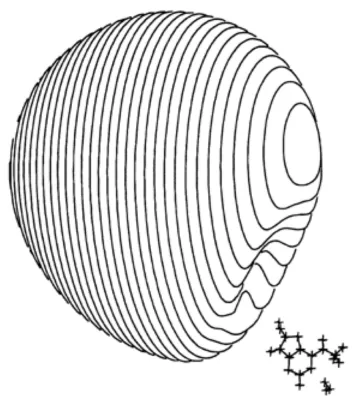Professor
Degrees and Appointments
- M.S. 1973, Warsaw University
- Ph.D. 1977, Institute of Physical Chemistry of the Polish Academy of Sciences
My research has been focused on the development and application of quantum chemical theoretical methods for more accurate determination of the stationary and dynamic quantum states of molecular systems. The methodological development has comprised theory formulation, computational implementation and application calculations. The considerable recent progress in the computational capabilities of both hardware and software opens a unique opportunity to employ new theoretical techniques to larger polyatomic molecules, leading to more reliable predictions of their properties and structures. Development of new theoretical techniques in my group has evolved around the following topics:
- Multi-reference coupled cluster method. This topic is one of the central issues in current Quantum Chemistry. The development of an effective multi-reference coupled-cluster method will enable us to perform very accurate calculations on electronic states which can not be approximated by a single-determinant Hartree-Fock wave function. This important class of states includes some excited states (e.g. open-shell singlets) and states of systems undergoing geometrical transformations (e.g. transition states).
- Method for generating non-adiabatic multiparticle wave functions. The non-adiabatic approach to molecules has been considered by only a few research groups and remains one of the most challenging frontiers in Quantum Chemistry. We have recently proposed a method for determining the wave function describing the collective motion of nuclei and electrons. The method utilizes explicitly correlated Gaussian-type functions. Further development will concern stationary and nonstationary nonadiabatic excited states of molecular systems with up to six electrons.
- Methods for calculating rovibrational states of polyatomic molecules. Here we also utilize correlated gaussians with angular components. We are particularly interested in highly excited states near the dissociation and in the dynamics of the vibrational energy redistribution.
The method development is closely correlated with our interests, in phenomena, concerning: Ground and excited states of dipole bound molecular anions; Double Rydberg anions; Ground and excited states of molecular cluster anions; Non-adiabatic effects in molecular anions; Electron transfer reactions; Photochemistry in nucleic acid bases and their derivatives, fullerenes and nanotubes, etc.
A very important component of my research has been collaboration with experimental groups. The areas where our theoretical studies were used in conjunction with experimental efforts include the following: IR gas and matrix isolation spectroscopy of nucleic acid bases and their derivatives and complexes; UV spectroscopy of carbon clusters; Microwave spectroscopy of Van der Waals molecular complexes; IR spectroscopy of the hyperfine structure; Electron momentum spectroscopy; Rydberg electron transfer spectroscopy of dipole bound anions.

Dipole-bound electron in the anion of N-methyl-aminoadenine water complex.
- Methods for modeling charge and energy transport in extended molecular systems. The aim here is to describe the dynamics of the transfer process of electrons and holes in systems modeled after DNA or proteins. Charge transfer in these types of molecules can be viewed as a concerted motion of a local vibrational excitation and a localized wave packet describing temporary states of excess electrons/holes (exciton-polaron model). Based on this model we have developed and implemented a computational molecular method for simulating electron transfer in DNA. The work on refining the model and on extending its application to other biological systems (for example, polypeptide-based molecular wires) continues. The effort is also related to our interest in the phenomena of vibrational energy redistribution and transfer in biological systems. The study of the electrical conductivity of molecular wires based on biological systems is related to their potential application as interconnects in nano-electronics.






